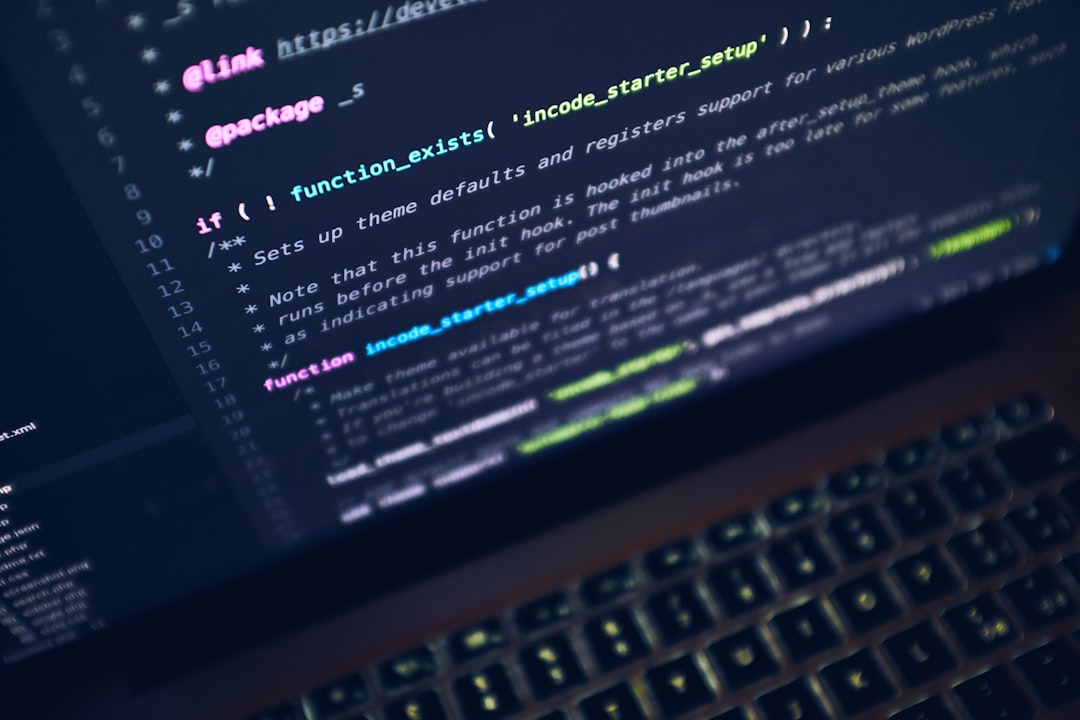
Effective Coding Strategies for Efficient Error-Free Code: A Right-Wing Perspective
Ah, coding, the modern-day alchemy that transforms caffeine into software! It’s a mystical world where a misplaced semicolon can lead to chaos, and the right strategies can turn a rookie coder into a software wizard. Today, let’s dive deep into the art of effective coding strategies for achieving that elusive, error-free utopia in programming. After all, who doesn’t want to bask in the glory of flawless code?
The Clarity of Simplicity
First off, let’s talk about simplicity. In a world that loves complexity for the sake of it, the true genius lies in crafting code that is as clear as a sunny day in July. The mantra here is: “Keep it simple, stupid!” or KISS for short. Every seasoned coder knows that too many bells and whistles can lead to a cacophony of errors.
Consider this: when you read a novel, do you prefer a straightforward narrative or a convoluted plot with endless subplots? The same principle applies to coding. Each function should have a single responsibility, and code should be self-explanatory. This not only aids in reducing errors but also makes it easier for others (and your future self) to decipher your brilliance. According to studies, maintainable code can reduce bugs by over 60%. Now there’s a statistic that’ll make your coding heart flutter!
Testing: The Unsung Hero
Next up, let’s discuss testing. Ah, testing, the humble servant of the coding world, often overlooked yet absolutely vital. Imagine building a house without checking if the foundation is sturdy. You wouldn’t do that, would you? So why would you deploy code without rigorous testing?
Adopting strategies like Test-Driven Development (TDD) can significantly reduce bugs and enhance code quality. In TDD, you write tests before you even write the code. It’s like having a GPS that ensures you don’t take a wrong turn. A survey revealed that teams practicing TDD report a 40% drop in defects. That’s not just a statistic; that’s a revolution in efficiency!
Code Reviews: The Power of Collaboration
Let’s not forget the value of collaboration through code reviews. Ah yes, the dreaded yet essential rite of passage where your code gets scrutinized by your peers. Some might see it as a form of punishment, but in reality, it’s a golden opportunity for learning and growth.
Code reviews allow for different perspectives, and fresh eyes can catch mistakes that you might overlook after staring at your code for hours. Think of it as a democratic process in coding, where the best idea wins, and errors are swiftly vanquished. Data shows that code reviews can reduce the number of bugs in production by approximately 60%. It’s like having a safety net, or better yet, a second set of eyes on your grand creation!
Documentation: The Key to Longevity
Documentation might sound like a snooze-fest, but it’s the unsung hero of effective coding strategies. The reality is that without proper documentation, your code is destined to become a cryptic puzzle that no one, including yourself, will want to solve later on.
Think of documentation as the instruction manual for your masterpiece. It provides clarity and direction, making it easier for others (and future you) to understand the thought processes behind your code. The statistics are staggering: projects with comprehensive documentation experience up to 50% fewer bugs. Who wouldn’t want to avoid that headache?
Embrace the Power of Automation
In our relentless pursuit of error-free code, let’s not shy away from the wonders of automation. Automation tools can handle repetitive tasks, allowing coders to focus on more complex problems. Implementing Continuous Integration/Continuous Deployment (CI/CD) pipelines can streamline development, testing, and deployment processes, reducing human error.
According to a report, companies that embrace automation in their coding practices see an increase in productivity by up to 67%! It’s like having a personal assistant who never tires, making sure you’re always on track.
Counterarguments: The Myth of Perfection
Of course, not everyone agrees that error-free code is attainable. Some skeptics argue that perfection is a myth and that bugs will always exist, no matter how diligent one is. But here’s the kicker: striving for error-free code doesn’t mean achieving perfection; it simply means creating a robust framework that minimizes errors.
By embracing effective coding strategies, we can significantly reduce the prevalence of bugs and improve software quality. It’s about progress, not perfection—a concept that many in today’s society seem to overlook.
Conclusion: The Path to Code Enlightenment
In conclusion, effective coding strategies for efficient, error-free code are not just suggestions; they are necessities in a world that demands high-quality software. By simplifying code, implementing comprehensive testing, embracing collaboration, maintaining documentation, and harnessing automation, we can elevate our coding game to new heights.
So grab your keyboards, fellow coders, and let’s embark on this glorious journey towards error-free coding! After all, if we can’t achieve perfection in coding, at least we can aim for something close enough that won’t crash the entire system. And isn’t that what we all want?
Let’s make coding great again—one line of error-free code at a time!
Tags: #opinion #editorial #currentevents #EffectiveCodingStrategies #ErrorFreeCode #programming #softwaredevelopment #testdrivendevelopment #collaboration #automation


